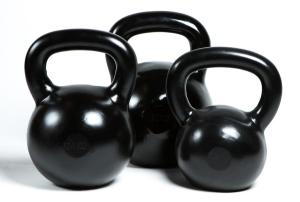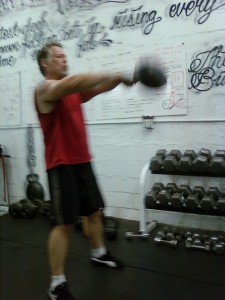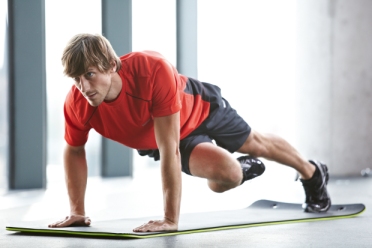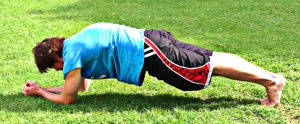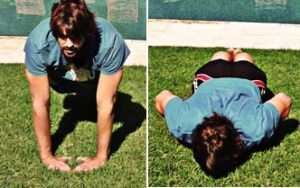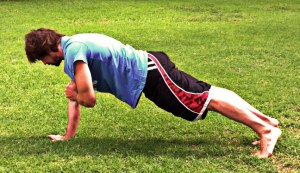I’ve always been a huge fan of video games. The more I’ve played, the more I’ve enjoyed myself. Fighting games and RPGs once had total control over my life, I even remember once there was an epic battle between a complete stranger and me on MARVEL SUPER HEROES VS CAPCOM that ended in a complete draw. I still love video games. In our fitness pursuit, video games have something to teach us. If you want to be like Link, Scorpion or the Dovakiin, you should train like a videogame character.
Lessons Learned
The mission
In video games, our characters have a mission, a huge mission that define their whole lives, or at least, their whole goal in the game (in Mortal Kombat I you prove you’re the toughest fighter, in MKII you save the world, in most RPGs you both save the world and or the universe). To reach this goal, they have to take on smaller quests and milestones: you beat other combatants, monsters, etc. So what’s the lesson here?
You should have a main, big goal: save the world, be the best.
To achieve it, you should focus on different milestones: deadlift x2 your bodyweight, have a 30 seconds free handstand.
You catch my drift.
Leveling up
Every game has the same pattern: they get more difficult as you advance, so, in kind, you must get better in order to win.
Your opponents are faster, stronger and more resilient.
This translates exactly to your training, whether it is bodyweight (going after more complex and harder exercises) or with weights (going heavier, longer, with lower rest periods). Bottom line is: you’ve got to have a challenge yourself if you want to progress.
Choose your weapons
This is the most beautiful part. Your game character has a low amount of movements.
In Street Fighter you have 3 kicks and 3 punches (that only vary in intensity) and one or two special moves. In RPGs, you’re usually running or fighting, and for fights, you usually have between one and three moves, done over and over again until eventually you level up, when you do you either get stronger or you learn a new skill (in more complex games you’ll have to master some moves to learn specific ones).
Bottom line: restrict the amount of exercises you perform if you want to make real gains. Usually, one per movement pattern should get you in the clear (this post should take you in the right direction, but it’s the bare minimum). Use your common sense, choose those that’ll help you achieve your main goal (see title number one up here).
What to take from all this
When you’re creating your character, you should take all of these aspects into account. Or better yet, fill this list:
- What’s your main quest: list your longer term goals:
- Give us 3 milestones or shorter term goals that you’ll need to achieve before you save the world (ie: beat Goro/compete in a 1 mile race)
- How many moves will your character perform, and how often? You may want to choose weak, medium and strong movements of the same pattern (like Street Fighter).
Now go forth hero, and save the world (or kick Shang Tsung’s ass).
Motus Virtute
If you’ve liked this post and want to keep reading our awesomish material, subscribe to our blog!








